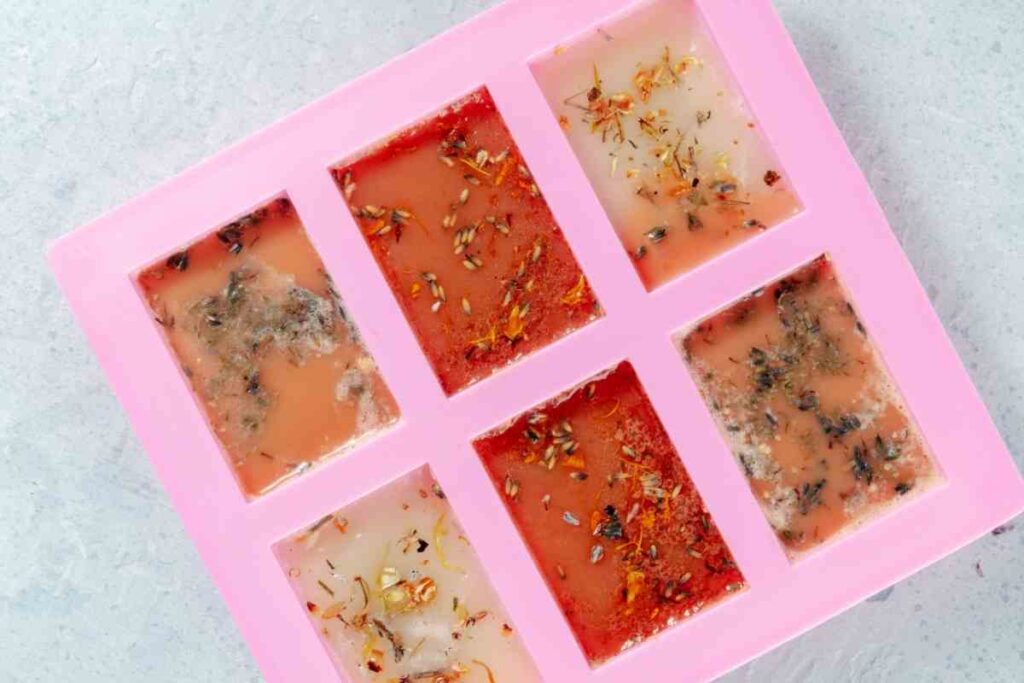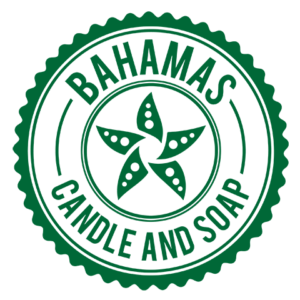Melt and pour soap is the easiest way to make custom designed soap for your skin or anyone that may have eczema. This was a question that came to mind when dealing with my daughters eczema situation. What can I do to manage her outbreaks and how can I be sure what was in the products I would use. I developed a number of melt and pour soap recipes for eczema like any other parent would.
Here are some melt and pour soap recipes for eczema that you can use for yourself or anyone you know that may be struggling with eczema. To make things easier its best to start with a melt and pour soap base that already has properties that help with dry skin.
- Glycerin melt and pour soap base
- Cocoa butter melt and pour soap base
- Shea butter melt and pour soap base
- Aloe vera melt and pour soap base
- Goats milk melt and pour soap base

Tools to make melt and pour soap.

Melt and Pour soap recipes for eczema.
If you cannot find any of the additive soap bases such as cocoa, shea or aloe Vera you can always add what you need to a basic glycerin soap . To begin its good to get some background information on what we are working with.
Take note that this is just a quick overview of how to blend ingredients into your melt and pour soap base. These recipes are based on 1lb/16oz of melt and pour soap base.
Glycerin and oil melt and pour soap recipe
- Chop 1lb of glycerin melt and pour soap into small pieces.
- Place in a microwavable container and heat at 30 sec intervals to melt
- Remove melted melt and pour and add no more than 2 tbs of oil to the melt and pour soap base. (see list of oils below)
- Stir to blend the oils with the soap base
- Pour into your soap mold container and let sit until harden. (usually within 12 hours)
NOTE
You can mix your oils such as Jojoba oil and sweet almond oil but remember not to exceed 2tbs for the total amount.
Aloe vera melt and pour soap recipe
- Chop 1lb of aloe glycerin and pour soap into small pieces.
- Place in a microwavable container and heat at 30 sec intervals to melt
- Add up to 2tbs of blended or pureed aloe vera into the soap base and stir.
- Pour into your soap mold container and let sit until harden. (usually within 12 hours)
NOTE
If you use the aloe vera soap base you can add additional oils or glycerin to the soap base.
Cocoa or Shea butter melt and pour soap recipe
- Chop 1lb of glycerin melt and pour soap into small pieces.
- Place in a microwavable container and heat at 30 sec intervals to melt
- Melt up to 2tbs of shea or cocoa butter in a container and add it to the melt and pour soap base
- Pour into your soap mold container and let sit until harden. (usually within 12 hours)
NOTE
If you use a shea or cocoa butter melt and pour soap base you can add aloe vera, or other oils to the soap.
Goat’s milk melt and pour soap recipe for eczema
- Chop 1lb of glycerin melt and pour soap into small pieces.
- Place in a microwavable container and heat at 30 sec intervals to melt
- Add up to 2tsb of goats milk (liquid) or up to 4tbs of goats milk (powder) to the soap base
- Pour into your soap mold container and let sit until harden. (usually within 12 hours)
NOTE
Goats milk is a versatile soap base. You can add, aloe vera, oils, glycerin, shea or cocoa butter to it. Just remember only in small amounts
Remember that it takes 3 tea spoons to make 1 table spoon. If you can add up to 2 table spoons you have essentially 6 tea spoons of additives you can use.
The purpose for staying below 2 tbs is that beyond that amount the effects of the lather begins to wear off when in use. Your melt and pour soap may be moisturizing but not very cleansing. A balance must be found.
What is eczema?
Without making this long and if you want to learn a bit more about eczema. Check out the post on WHAT IS ECZEMA. There is a lot of information you may know or not know in that post and it helps to understand how to manage dry skin.
As an excerpt from the eczema post. “Eczema is a chronic problem that runs in families with a history of allergies and asthma. Some people believe that it is caused by immune system malfunction while others think that certain genes contribute to extra-sensitive skin.
It is most common in infants, and many of them outgrow it before adulthood. However, it can come and go throughout life. Eczema has many types, but “Atopic Dermatitis” is the most common. Some of the symptoms include itchy, scaly, blotchy and inflamed skin that can develop blisters or crack into deep fissures. It can appear anywhere on the body.
How to manage eczema
There are a number of ways to help you manage your eczema flare ups. Here are a few that if implemented can drastically reduce the overall discomfort of eczema. There are more manageable tips in the article What is Eczema
- Identify the triggers and avoid them.
- Use a gentle soap without artificial fragrance.
- Take lukewarm bath or shower, and wear soft, breathable clothes.
- Natural substances, like aloe vera gel and coconut oil, can be used to moisturize dry, broken skin. They can reduce inflammation and combat harmful.
- Switch to gentle, fragrance-free laundry detergent and skip fabric softener.
As it stands in 2021 there is no known cure for eczema although you may see claims that there are. What actually happens is that persons find a routine that helps them manage their eczema outbreaks and because they avoid their triggers will believe that they are cured.
Eczema can be managed by making better choices and taking care of your skin. This is the method that is most proven whether it is decided to seek medical attention or via more natural means and a change in lifestyle.
Ingredients that help keep skin moisturized
The key to managing eczema lies in keeping the skin moisturized. When your skin is not well moisturized it can begin to itch, flake and cause blotches.
By having moisturized skin, the skin is more supple and can flex more. This range of movement prevents the itchiness and eventually the overall discomfort. The following list of ingredients that can be used in melt and pour soap will help keep your skin moisturized after a bath.
It may seem counter intuitive to use oil in a soap to help moisturize your skin but if added at the right amount usually at or below 2oz it can blend well with your melt and pour soap.
Final words on soaps for eczema
Making melt and pour soap can be fun for the family. If you are making melt and pour soap for your child that is suffering from eczema, it becomes a fun activity to have them help make their own soap.
Colors can be added to melt and pour and if you want to be creative you can add small toys into the soap mold to have them encased. This also can be exciting for the child to want to take a bath to get the toy.
Research is ongoing about eczema and we are not medical doctors. We speak from our own experience with our daughter. We have mentioned her story here on the website a few time.
Not only have we made melt and pour soap recipes for eczema but we have also designed cold process soap recipe for her as well. Read more about our cold process soap for eczema.
Recent Posts
Best Practices for Using, Storing, and Keeping Soap Molds for a Long Time
Soap making can be a rewarding and creative pursuit, allowing artisans to craft unique products while exploring their artistic side. One of the most critical components of this process is the soap...
Recommended Soap Molds Soap making can be an exciting hobby or even a profitable business but you wont get very far if you make a batch of soap and have no way to shape and mold it. This is where...






